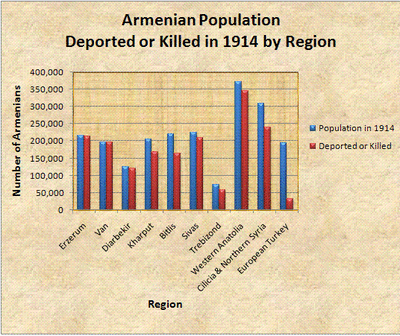The Armenian Genocide, perpetrated by the Ottoman Empire between 1915 and 1923, remains a powerful symbol of human rights violations and a case study in the complexities of memory, justice, and recognition within a cultural relativism framework. The extensive ramifications of this historical atrocity reverberate through global consciousness, underpinning discussions on identity, sovereignty, and international law.
First and foremost, one must understand the concept of memory in relation to the Armenian Genocide. Memory shapes societal narratives and influences how communities construct their identities. For Armenians, the genocide is not merely a past event; it is a cornerstone of their identity and collective memory. The act of remembering is laden with emotion, serving as a mechanism for healing and resistance against cultural erasure. Consequently, the transmission of memory across generations becomes pivotal in maintaining the relevancy of this historical event.
Furthermore, the collective memory surrounding the genocide is intricately connected to the notion of justice. Many survivors and their descendants perceive recognition as a fundamental component of achieving justice. Yet, the absence of comprehensive acknowledgment from the Turkish state complicates this landscape. While some nations have officially recognized the genocide, others remain hesitant due to geopolitical interests or historical ignorance. Such denial or minimization is perceived by Armenians not just as a failure to acknowledge historical truths but as an ongoing act of violence that exacerbates the pain of the original trauma.
In a cultural relativism context, recognition can be intricately analyzed through varying cultural lenses. What constitutes justice and recognition can differ drastically among cultures. For many Armenians, recognition transcends symbolic gestures; it embodies a demand for reparations and restitution. Conversely, detractors may argue that acknowledgment should suffice, igniting a debate on the nature of justice itself. Such divergences highlight the necessity of understanding that the consequences of the genocide extend beyond historical fact; they penetrate the very essence of cultural identity and national narrative.
The dynamics of memory and justice are further complicated by the rise of diaspora communities, particularly in places such as the United States, France, and Russia. These communities play a crucial role in the ongoing struggle for recognition and justice. They lobby for legislation, organize commemorative events, and disseminate educational materials, creating a transnational network that keeps the memory of the genocide alive. Through cultural practices and political advocacy, diaspora Armenians exert pressure on their host countries to formally recognize the events as a genocide, thereby invoking broader discussions about historical representation and accountability.
Moreover, the role of the Turkish state cannot be underestimated in this conversation about memory and justice. The ongoing denialism not only perpetuates trauma within the Armenian community but also reflects a broader nationalistic agenda that seeks to construct a favorable image of Turkish history. This denial can be analyzed through the lens of cultural relativism, wherein the Turkish perspective justifies its stance based on national sovereignty and collective identity. However, this perspective often clashes with international human rights frameworks, which prioritize truth and reconciliation based on an objective interpretation of historical events.
The ramifications of the Armenian Genocide extend into the realm of art and literature as well. Numerous works have emerged as attempts to grapple with the complexities of memory and recognition. Artists, poets, and writers have utilized their mediums to express the pain of loss, the quest for justice, and the yearning for acknowledgement. These cultural expressions serve not only as a means of personal catharsis but also as vehicles for social change, challenging audiences to engage with uncomfortable truths and rectify historical amnesia.
Importantly, education also emerges as a critical tool in the fight for recognition. The introduction of accurate historical curricula that include the Armenian Genocide is a crucial step toward fostering informed global citizens. However, educational initiatives frequently encounter resistance. Certain nations may opt to omit the genocide from educational material due to political pressures or historical narratives that conflict with national identity. Thus, education becomes a contested space, where the interplay of politics, culture, and history manifests in debates over what should be taught and what constitutes an acceptable historical narrative.
In conclusion, the consequences of the Armenian Genocide—encapsulated through themes of memory, justice, and recognition—underscore the complex interplay of individual and collective experiences within a culturally relativistic perspective. The struggle for acknowledgment continues to shape the identity of Armenians globally, while simultaneously challenging nations to grapple with their pasts. Issues of historical memory, justice, and cultural recognition must be navigated sensitively, acknowledging the deep emotional scars left by the genocide, alongside the imperative for education and dialogue fomenting a more inclusive understanding of history. This complex interrelationship amid differing cultural interpretations lays bare the deeper fascination with the enduring legacy of the Armenian Genocide, inviting ongoing reflection and engagement in the pursuit of justice and healing.
